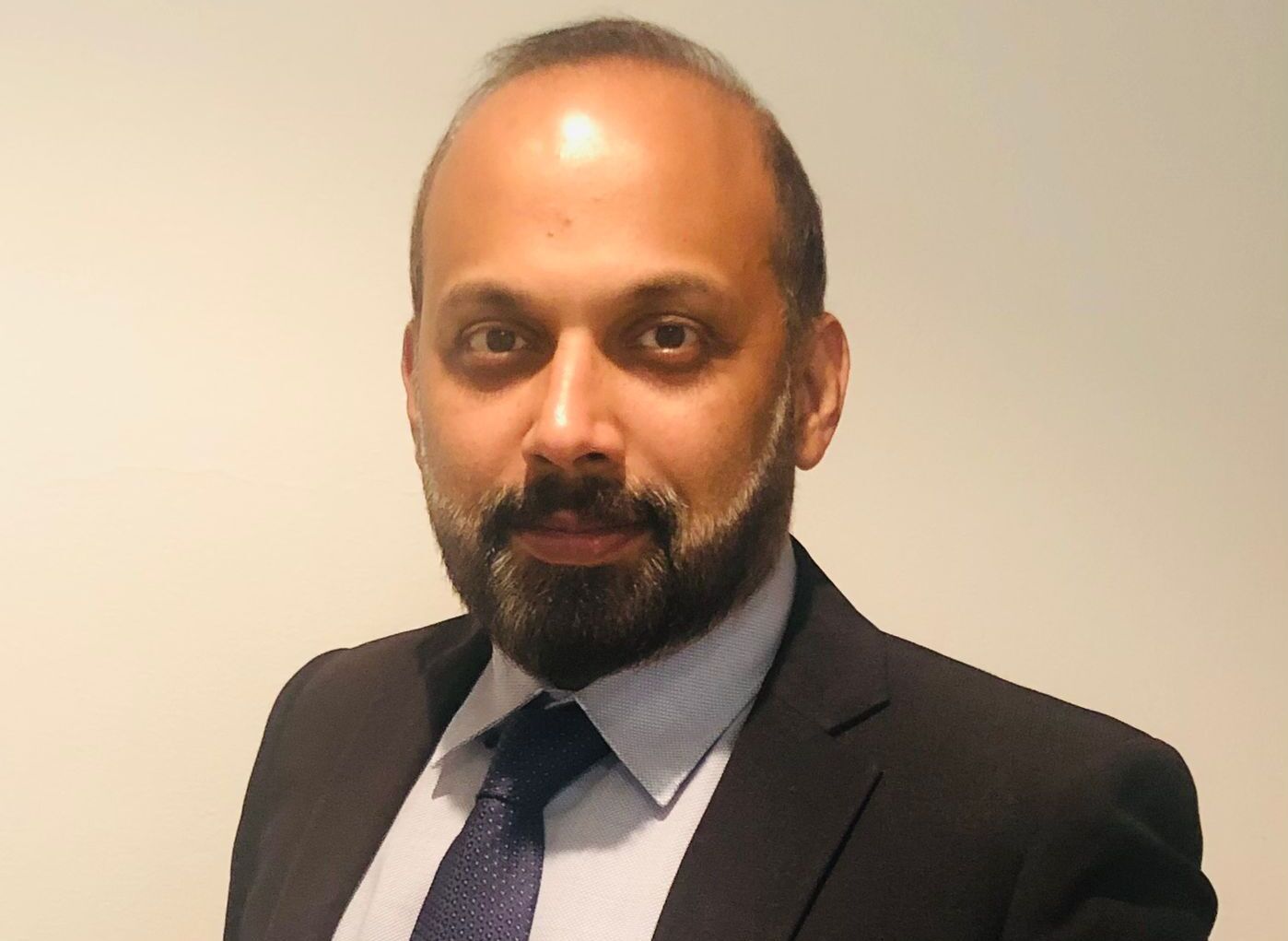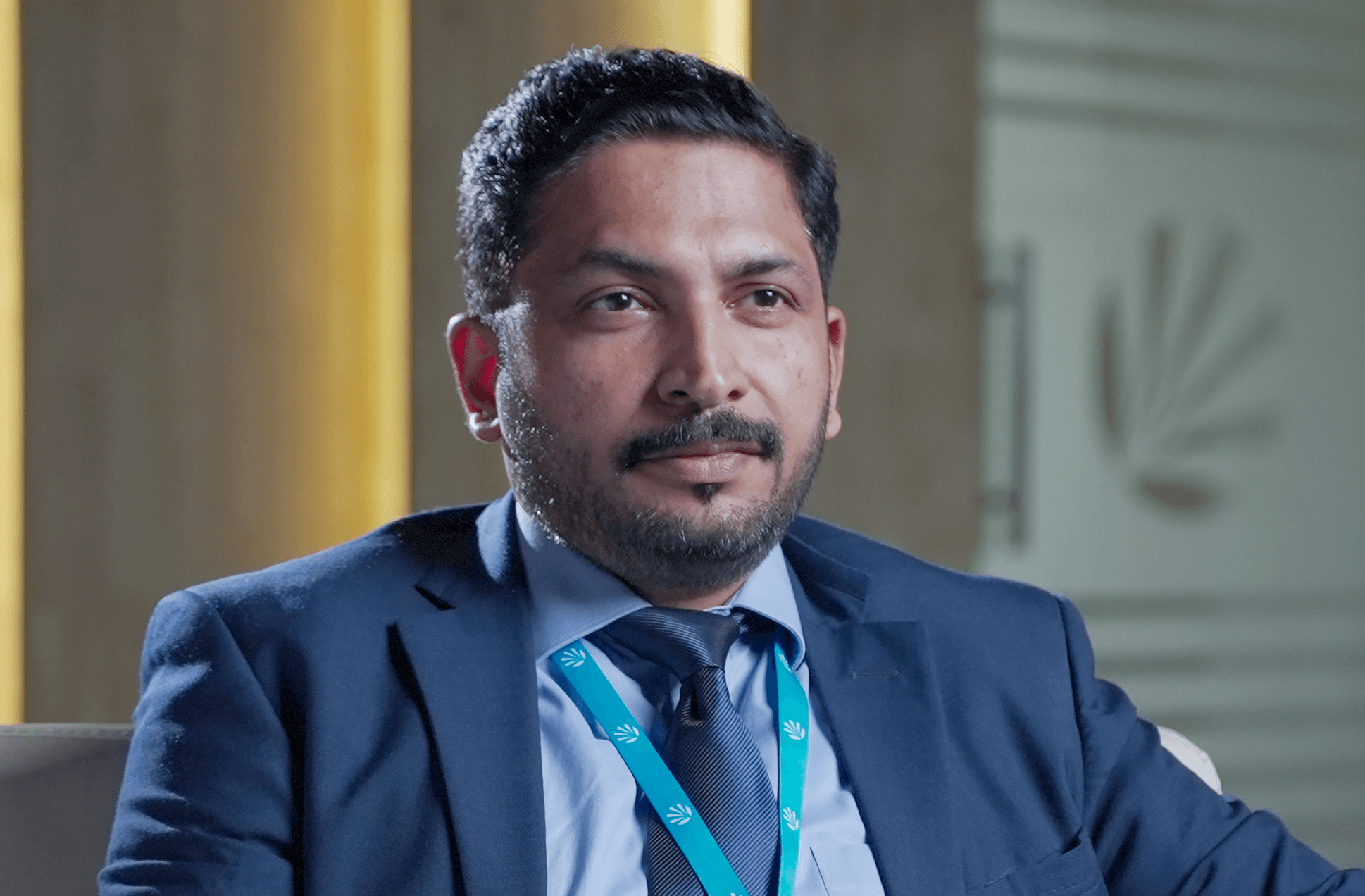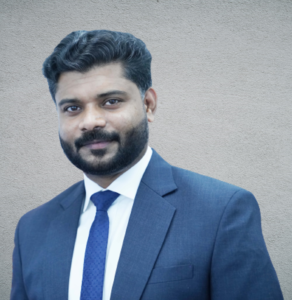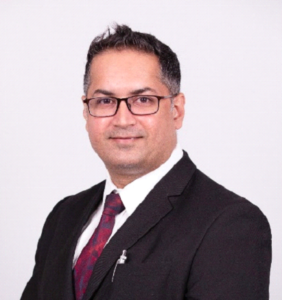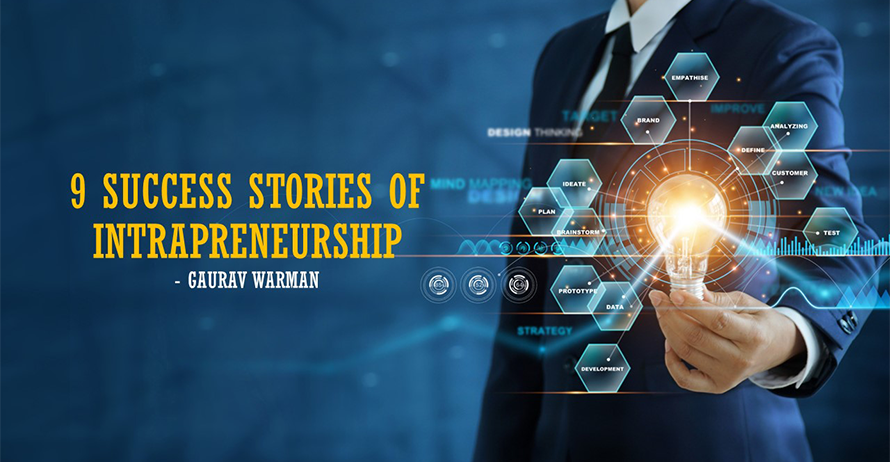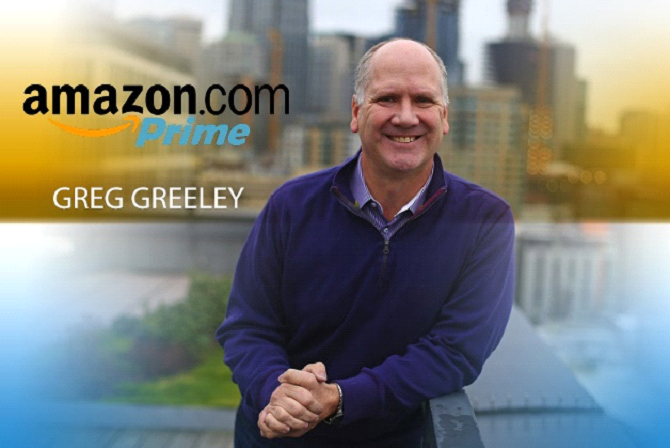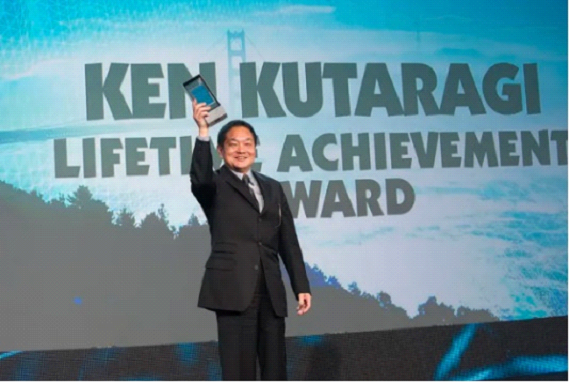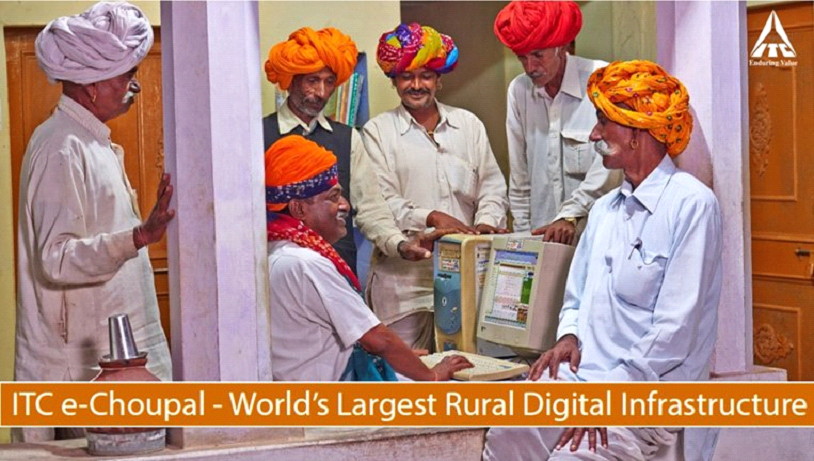The traditional approach to risk management involves periodic assessments and controls to identify and mitigate potential risks. However, in today’s rapidly changing business environment, organizations need to adopt a real-time approach to risk management to stay ahead of emerging threats.
Need for real-time risk management.
Here are some reasons why there is a need for real-time risk management:
⦁ Increasing complexity and speed of business: The pace of business is accelerating, and organizations are becoming more complex. Real-time risk management can help organizations keep up with this pace and address risks as they arise.
⦁ Emergence of new risks: New risks are constantly emerging, particularly in cybersecurity and data privacy areas. Real-time risk management can help organizations identify and address these risks quickly.
⦁ Regulatory requirements: Many regulatory requirements now require real-time monitoring of risks. For example, the General Data Protection Regulation (GDPR) requires organizations to report data breaches within 72 hours.
⦁ Impact of risks: The impact of risks can be significant and sometimes result in business failure. Real-time risk management can help organizations mitigate the impact of risks and minimize potential damage.
⦁ Changing business models: Many organizations are changing their business models, and real-time risk management can help ensure that risks associated with these changes are identified and addressed quickly.
Real-time risk management can help organizations stay ahead of the curve and address risks as they arise rather than reacting to them after the fact. By implementing real-time risk management processes, organizations can better protect themselves and their stakeholders from the negative impact of risks.
In this blog post, we will explore the concept of real-time risk management through audit, risk & compliance and its potential to revolutionize corporate governance.
What is real-time risk management?
Real-time risk management is an approach that enables organizations to identify, assess, and mitigate risks in real time. The goal is to prevent risks from materializing into significant problems by addressing them as soon as they are identified.
Real-time risk management through an audit, risk & compliance
The Audit, Risk, and Compliance Committee (ARC Committee) is a subcommittee of a company’s board of directors that oversees the company’s audit, risk management, and compliance functions. The committee’s primary role is to provide independent oversight of these functions to ensure that they are effectively managed and that the company is operating in accordance with relevant laws, regulations, and best practices.
The audit, risk & compliance (ARC) function is critical to real-time risk management. It provides an integrated approach to risk management, ensuring that risks are identified and mitigated across the organization. The ARC function consists of three key components:
⦁ Audit: The audit component of ARC provides independent and objective assurance that the organization’s operations are conducted in compliance with relevant laws, regulations, policies, and procedures. It evaluates the adequacy and effectiveness of the organization’s internal controls, identifies potential risks, and provides recommendations to mitigate those risks.
⦁ Risk: The risk component of ARC identifies, assesses, and manages risks across the organization. It develops risk management strategies, monitors the effectiveness of risk mitigation efforts, and provides recommendations to improve risk management capabilities.
⦁ Compliance: The compliance component of ARC ensures that the organization operates within the legal and regulatory framework. It evaluates the organization’s compliance with relevant laws, regulations, policies, and procedures and provides recommendations to improve compliance where necessary.
By combining the audit, risk, and compliance functions into a single integrated framework, organizations can adopt a real-time approach to risk management. The ARC function can leverage advanced technology, such as artificial intelligence, machine learning, and predictive real-time data analytics, to monitor business operations, identify potential risks, and take corrective action in real time. This approach enables organizations to address risks as soon as they are identified rather than waiting for periodic assessments.
The benefits of real-time risk management through ARC
Real-time risk management through ARC provides several benefits for organizations, including:
⦁ Early identification and mitigation of risks: Real-time risk management enables organizations to identify and mitigate risks as soon as they are identified, reducing the likelihood of risks materializing into significant problems.
⦁ Improved decision-making: Real-time data analytics gives organizations real-time insights into business operations, enabling them to make better and more informed decisions.
⦁ Enhanced agility and responsiveness: Real-time risk management enables organizations to respond quickly to emerging risks, improving their agility and responsiveness to changing business conditions.
⦁ Improved compliance: Real-time risk management through ARC ensures that organizations operate within the legal and regulatory framework, reducing the risk of non-compliance.
Examples of real-time risk management in the money transfer business:
⦁ Compliance monitoring: Money transfer businesses must comply with various regulatory requirements and sanctions lists to prevent money laundering and terrorist financing. Real-time compliance monitoring enables businesses to monitor transactions in real time and identify any potential compliance violations before they occur.
⦁ Currency exchange rate monitoring: Currency exchange rates fluctuate constantly, and money transfer businesses must adjust their rates accordingly to remain competitive. Real-time monitoring of exchange rates enables businesses to adjust their rates in real-time, ensuring they stay competitive and profitable.
⦁ Risk-based transaction monitoring: Real-time risk-based transaction monitoring involves analyzing transactions in real time and identifying high-risk transactions based on various risk factors, such as transaction amount, destination country, and customer history. This approach enables businesses to prioritize their resources and focus on high-risk transactions, reducing the likelihood of financial losses due to fraud or non-compliance.
⦁ Real-time fraud monitoring: Money transfer businesses can leverage advanced analytics and machine learning algorithms to monitor real-time transactions and identify potentially fraudulent activity. By analyzing transactional data in real-time, companies can identify and prevent fraudulent activity before it causes significant financial losses.
Conclusion
Real-time risk management through audit, risk & compliance is the future of corporate governance. This approach enables organizations to adopt a real-time approach to risk management, leveraging advanced technology to monitor business operations, identify potential risks, and take corrective action in real time.
Real-time risk management through ARC provides several benefits for organizations, including early identification and mitigation of risks, improved decision-making, enhanced agility and responsiveness, and improved compliance. In addition, the ARC function provides an integrated framework for risk management, ensuring that risks are identified and mitigated across the organization.
As such, organizations should consider adopting a real-time approach to risk management through ARC to stay ahead of emerging threats and position themselves for future success.
About the Author:
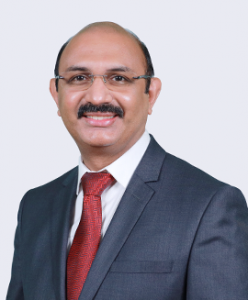
Ramesh is a Chartered Accountant from ICAI, India, and a seasoned professional with 22 years of experience across various sectors such as Banking, Financial Services, Mutual Funds, Manufacturing & Retail, and IT Services. He has handled multiple roles such as Internal Audit, Risk Management & Governance, Sarbanes Oxley Compliance, Finance, Accounts, Management & Financial Reporting, and Outsourcing. Ramesh has worked with prominent UK-based banks, leading NBFCs, and other MNCs in India and UAE.



